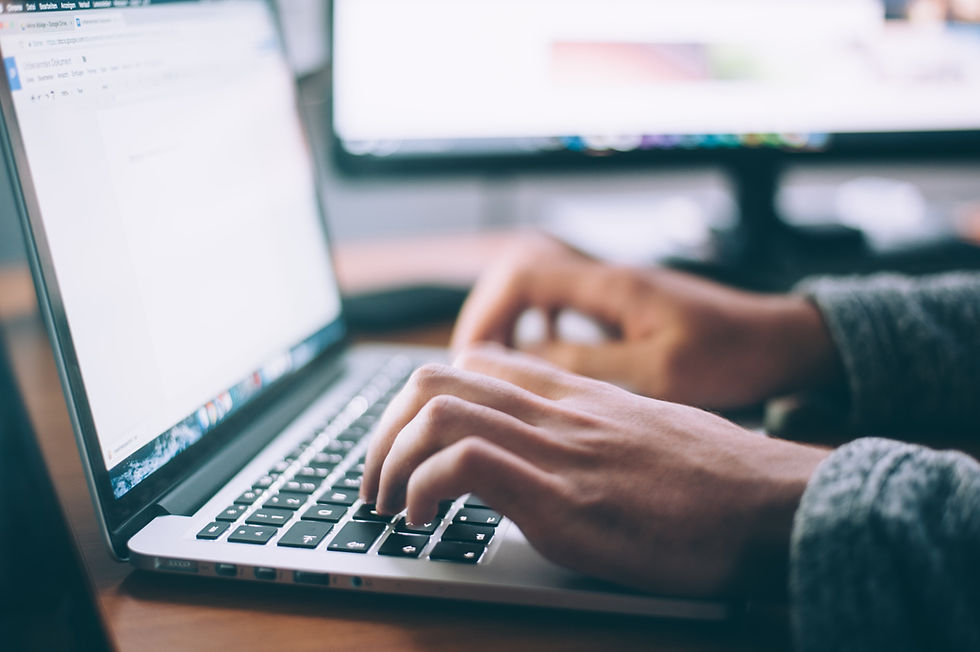Should that meeting REALLY have been an email? A workplace email guide.
- Kristen Theisen
- Oct 15, 2023
- 3 min read
There are countless memes, shirts, coffee mugs, and other items lamenting the prevalence of meetings that didn’t need to take place. If you work in an office setting, remotely or in person, surely, you’ve seen at least one or two...

While there are definitely meetings that fail to accomplish what an email message might, how is your email inbox these days?
The email black hole
It can be a deep, dark hole once you start reading and responding… Some inquiries require research or conversations with other people, taking more time than you initially planned. Some emails probably don’t even pertain to you, but for some reason, you’re copied on every back-and-forth message. Then you have the emails from Becky in Accounting, who believes EVERY message she sends must be marked "High Importance."
If you feel like email is taking over your work day, you're probably right. The workforce has become increasingly dependent on email, with its use skyrocketing as the virtual workforce continues to expand.

Email stats
There are currently 4 billion users, sending over 300 billion emails daily. According to a Harvard Business Review article, inbox overload can cause professional time losses of 27 minutes on average per day. And, a survey conducted by Superhuman reported that email fatigue is the cause of rising dissatisfaction with remote work.
There are a variety of strategies and tools you can use to help filter through the many emails that clog your inbox and cause anxiety.

But what if there was another way to fight the email overload...
What if we focus on the sender, rather than just the recipient?
The Workplace Email Guide
While most email policies exist to protect companies from legal liability, reputation damage, and security breaches, there are few resources to guide employees on best practices for professional, productive email communication.
With 86% of professionals preferring to communicate via email for business purposes, why NOT have a list of suggested use and preferred etiquette?
By using a guide that is promoted in the workplace and revisited regularly (in addition to a protective email policy), workplace communication can become more effective and efficient.
Email tips
Here are a just few tips for professional, productive email:
1. Enable automatic spell check. This seems like a no-brainer, but you'd be surprised at the number of people who forget to include it in their email settings. It's the easiest way to ensure you limit typos that look unprofessional.
2. If you are sending a short, information-only message, type the details in the subject line, followed by “EOM.” This term is short for "end of message," and the reader does not even have to open the email or reply, which saves time.
3. When forwarding an email exchange to someone new to the conversation, briefly summarize the reason you've included them, so they don’t have to search through the whole email chain.
4. Don't make assumptions about the sender's attitude or motivation. Communication styles vary and the sender is most likely not intending to be short, sarcastic, flirty, rude, or aggressive.
Amplify Communications Consulting has compiled the "Workplace Email Guide" with TEN additional strategies for productive email communication. Join our newsletter list and we’ll send this guide for FREE! (We don’t sell your information or spam your email address.) We welcome your suggestions to the list as well.
All this being said, maybe you won't be so quick to buy that coffee mug or share the meme about meetings that should have been emails. Now a candle, that might just be worth the investment...



Comments